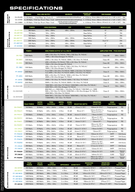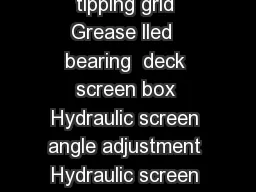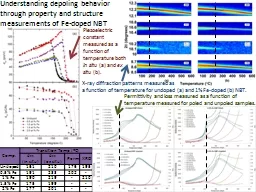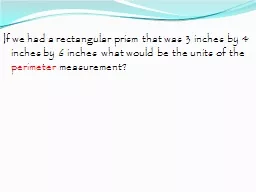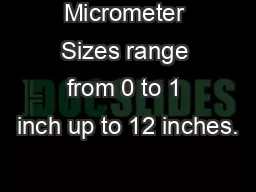PPT-Do now Here are prices and screen sizes (in inches, measured diagonally) for 7 different
Author : ani | Published Date : 2023-10-30
Use technology to calculate the equation of the leastsquares regression line relating y price to x screen size Lesson 27 Assessing a Regression Model Objectives
Presentation Embed Code
Download Presentation
Download Presentation The PPT/PDF document "Do now Here are prices and screen sizes..." is the property of its rightful owner. Permission is granted to download and print the materials on this website for personal, non-commercial use only, and to display it on your personal computer provided you do not modify the materials and that you retain all copyright notices contained in the materials. By downloading content from our website, you accept the terms of this agreement.
Do now Here are prices and screen sizes (in inches, measured diagonally) for 7 different: Transcript
Download Rules Of Document
"Do now Here are prices and screen sizes (in inches, measured diagonally) for 7 different"The content belongs to its owner. You may download and print it for personal use, without modification, and keep all copyright notices. By downloading, you agree to these terms.
Related Documents


